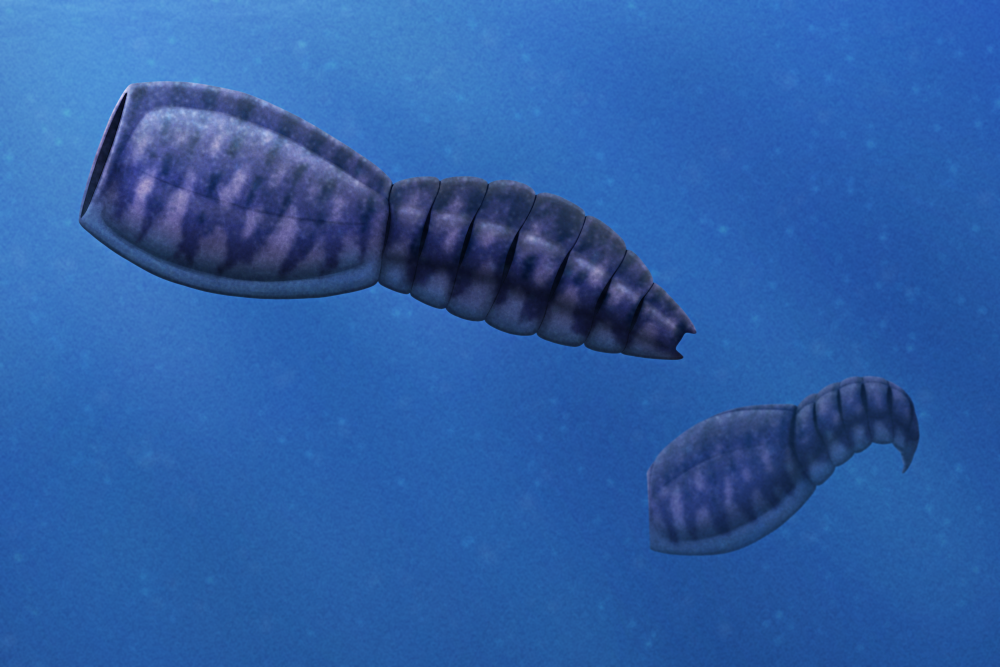The world of the Cambrian Period was a strange combination of both familiar and alien. The land would have seemed rather barren, populated mainly by microbes and algae, yet the oceans teemed with creatures already identifiable as sponges, comb jellies, jellyfish, acorn worms, vertebrates, echinoderms, arrow worms, annelids, molluscs, and brachiopods – small and primitive-looking in some cases but still recognizable enough.
But at the same time there were “weird wonders” everywhere, things much harder to identify, with shapes so bizarre that their initial discovery was met with laughter.
Animal life was exploring so many different possibilities for body plans and ecologies, and one lineage in particular dominated this explosion of evolutionary experimentation: the arthropods.
Arthropods are represented today by the chelicerates (sea spiders, horseshoe crabs, and arachnids), myriapods (millipedes and centipedes), crustaceans, and insects, and together these groups make up over 80% of all known living animal species and are vital parts of almost every ecosystem on the planet.
Continue reading “Cambrian Explosion #32: Rise of the Arthropods”

